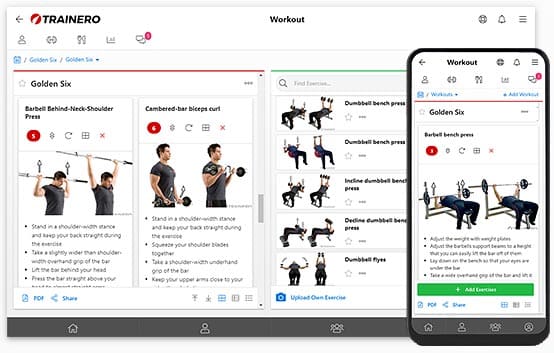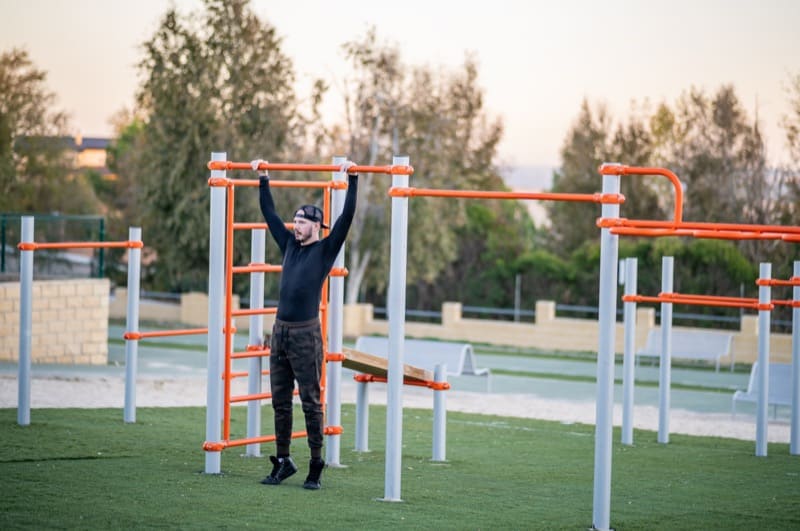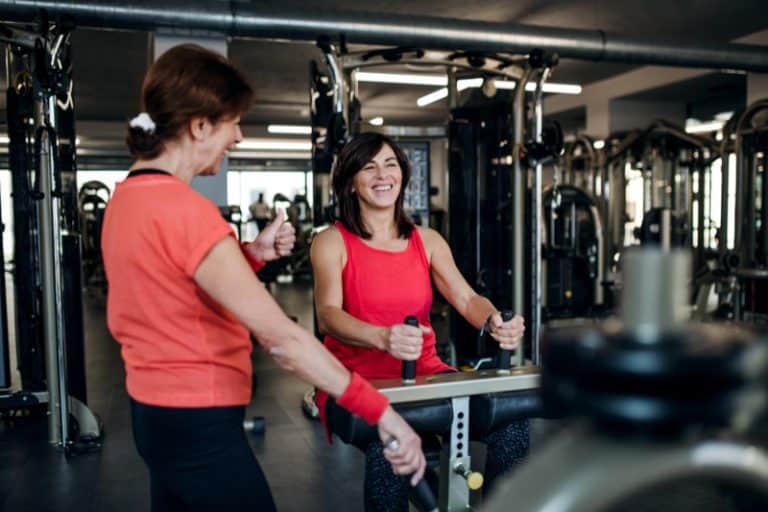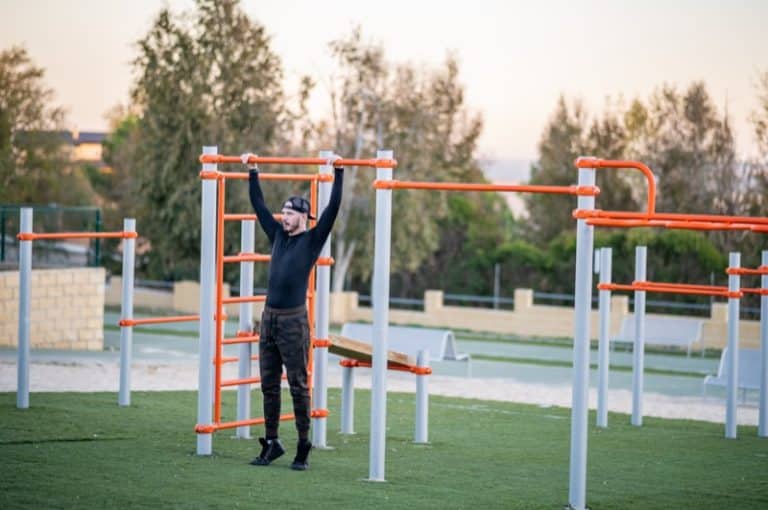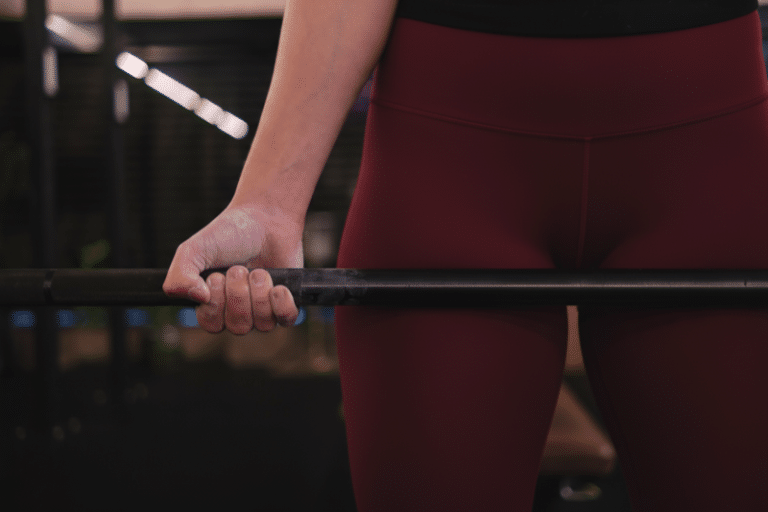Calisthenics: Beginner’s Bodyweight Workout Routine & Exercises
Calisthenics has gained immense popularity as a form of exercise that emphasizes the use of one’s own body weight for resistance. This training method has been embraced globally due to its accessibility and effectiveness in building muscle and enhancing endurance. Whether you’re a beginner or a seasoned athlete, calisthenics can be tailored to suit various fitness levels. In this article, we will explore the basics of calisthenics, discuss its benefits, and understand how bodyweight exercises can be integrated into your workout routine for optimal results.
Introduction to Calisthenics
Calisthenics is a type of exercise that utilizes body weight to perform movements that build strength, flexibility, and endurance. Unlike traditional weight training that relies on equipment such as free weights, calisthenics emphasizes full-body movements. These exercises are designed to enhance functional strength and improve body control. As a form of physical exercise, calisthenics encourages a wide range of motion and promotes the development of strength and body awareness without the need for a gym membership or expensive equipment.
What is Calisthenics?
Calisthenics is a training discipline that focuses on gymnastic exercises performed using one’s own body weight. These exercises are not only effective in building muscle but also in increasing endurance and flexibility. The core principle of calisthenics lies in performing movements like dips, lunges, and squats, which utilize the body’s weight for resistance. Calisthenics exercises are designed to enhance strength and body control, making them a versatile choice for anyone looking to improve their fitness level. The simplicity and effectiveness of calisthenics make it a popular choice among beginners and advanced athletes alike.
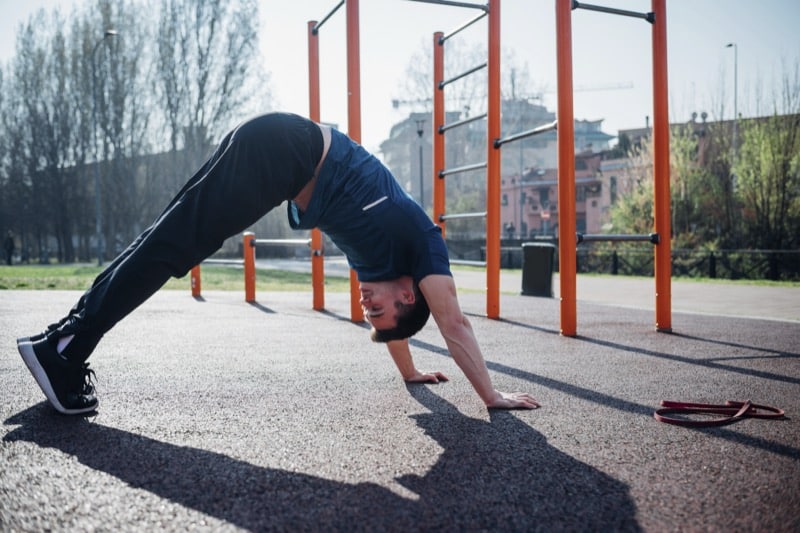
Benefits of Calisthenics for Beginners
For beginners, calisthenics offers a multitude of benefits. Firstly, it is an accessible form of exercise that requires minimal equipment, making it easy to start without a gym membership. Here are some key advantages of engaging in calisthenics:
- Calisthenics exercises can help you build strength and improve endurance, providing a full-body workout that targets multiple muscle groups simultaneously.
- Calisthenics training can improve balance, coordination, and flexibility, contributing to overall functional strength.
By engaging in calisthenics, beginners can develop a strong foundation in fitness, paving the way for more advanced bodyweight training and strength-building routines.
Is Calisthenics for Everyone?
One of the best aspects of calisthenics is that it truly is for everyone. Whether your goal is to build muscle, lose weight, improve flexibility, or simply move better in daily life, bodyweight training can be adapted to your needs. Beginners can start with basic movements like squats, planks, and knee push-ups, while advanced athletes can progress to handstands, muscle-ups, and planches.
However, different fitness goals may require slightly different approaches.
For strength and muscle growth: Calisthenics can build impressive strength, but as you advance, it can become harder to apply progressive overload. In these cases, adding external resistance — such as weighted vests or occasional gym machine use — can help continue muscle development.
For fat loss and endurance: High-repetition bodyweight circuits and calisthenic HIIT workouts are excellent for burning calories and improving cardiovascular fitness.
For mobility and balance: Calisthenics shines in improving body control, coordination, and joint strength — perfect for people who want to move better without heavy equipment.
While calisthenics can stand on its own, combining it with gym machines can offer a balanced approach. Machines are great for isolating specific muscles or for safe training when recovering from injury or fatigue. For example, leg presses or cable machines can complement your calisthenics training by targeting muscles that are harder to isolate with bodyweight alone.
In the end, the best workout routine is one that fits your goals, abilities, and preferences. Whether you train outdoors using only your body or mix in some machine-based exercises at the gym, consistency and enjoyment will determine your long-term success.
Understanding Bodyweight Training
Bodyweight training is a form of exercise that employs your own weight as resistance to perform a variety of movements. This training method is integral to calisthenics, focusing on exercises like push-ups, pull-ups, and squats to build muscle and increase strength. The beauty of bodyweight training lies in its scalability; exercises can be modified to suit different fitness levels, ensuring progression and continuous challenge. With bodyweight exercises, there’s a focus on developing both strength and endurance, making it a comprehensive approach to fitness. Embracing bodyweight training as part of a workout routine can lead to significant physical improvements and a stronger, more agile body.
Essential Calisthenics Exercises
Bodyweight Squats: Building Lower Body Strength
Bodyweight squats are a quintessential calisthenic exercise that effectively builds strength in the lower body while enhancing overall muscle mass. To perform this exercise, begin in a standing position with your feet shoulder-width apart. Engage your core and keep your torso upright as you bend your knees and lower your body, mimicking a sitting motion. This exercise uses your body weight for resistance, making it an excellent choice for beginners and those advancing their strength training. Squats not only help in building muscle but also improve functional strength and endurance, key components in any workout routine.
Lunges: Enhancing Functional Strength
Lunges are another fundamental bodyweight exercise that target the legs, glutes, and core, significantly contributing to functional strength. Begin from a standing position, then take a step forward with one leg, bending both knees to lower your hips until both knees are at a 90-degree angle. This movement, which uses body weight for resistance, enhances balance, coordination, and strength, making it a staple in calisthenics workouts. Lunges can be adapted to various fitness levels, allowing beginners and seasoned athletes alike to benefit from improved strength and body control. This exercise is also excellent for improving endurance and muscle mass.
Dips: Developing Upper Body Endurance
Dips are a powerful upper body exercise focusing on the triceps, shoulders, and chest, essential for building upper body endurance and strength. To perform dips, position yourself between parallel bars or use a sturdy chair, keeping your palms facing down. Lower your body by bending your elbows until your upper arms are parallel to the ground, then push back up to the starting position. This calisthenics exercise effectively uses body weight for resistance, eliminating the need for free weights or a gym membership. Incorporating dips into your workout routine can significantly enhance your upper body strength and endurance, crucial for a well-rounded fitness regimen.
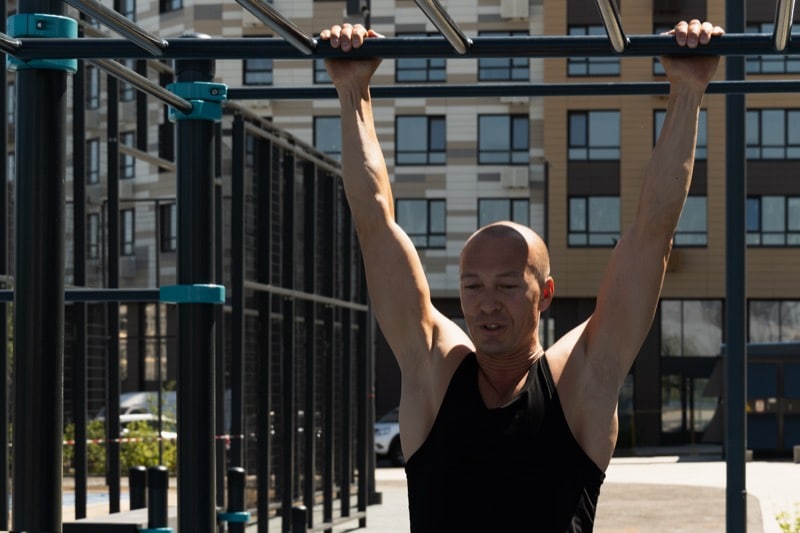
Creating a Beginner’s Calisthenics Workout Routine
Structure of a Calisthenics Workout
To build an effective calisthenics workout routine, it’s essential to understand its structure and how various exercises can be integrated to maximize results. A typical calisthenics session begins with a warm-up to prepare the body and prevent injuries, focusing on dynamic stretches and mobility exercises. The workout then transitions into a series of bodyweight exercises targeting different muscle groups, such as push-ups for the upper body and squats for the lower body. Incorporating a balanced mix of strength training and endurance exercises ensures a full-body workout that enhances strength and body control. Finally, a cooldown phase with stretching helps improve flexibility and muscle recovery.
Sample Workout Routine for Beginners
A beginner’s calisthenics workout routine should include a variety of exercises to build strength and endurance progressively. Start with a warm-up consisting of jumping jacks and arm circles to increase blood flow and loosen muscles. Here are some exercises to include in your routine:
- Bodyweight squats and lunges to focus on the lower body and enhance functional strength.
- Push-ups and dips to target the upper body, promoting muscle mass and endurance.
- Core exercises like planks to improve stability and control.
Conclude the workout with a cooldown of gentle stretches, focusing on areas worked during the session, ensuring flexibility and reducing soreness.
Tips for Progressing in Calisthenics
Progression in calisthenics is key to continually challenging the body and improving fitness levels. Start by mastering basic exercises and gradually increase the difficulty by adjusting the number of repetitions or incorporating variations. For instance, once you are comfortable with regular push-ups, progress to more challenging versions like decline push-ups. Consistency in training is crucial, so establish a regular workout routine while ensuring adequate rest and recovery. Focus on proper form to maximize the benefits of exercises and prevent injuries. Lastly, incorporate a balanced diet to fuel your body and support muscle growth and recovery, optimizing the effects of your calisthenics training.
Training Methods for Strength and Endurance
Integrating Resistance Training into Calisthenics
Integrating resistance training into your calisthenics routine can significantly enhance both strength and endurance. While calisthenics exercises primarily use your body weight for resistance, incorporating elements like resistance bands or weighted vests can add an additional challenge. This combination allows for progressive overload, a key principle in effective strength training. By gradually increasing resistance, you can target specific muscle groups more intensely, promoting muscle growth and improved functional strength. This integration is particularly beneficial for beginners as it provides a scalable way to enhance the intensity of workouts without needing a gym membership or free weights, making it an accessible option for all fitness levels.
Building Strength with Calisthenics Exercises
Building strength with calisthenics exercises involves focusing on movements that challenge all major muscle groups. Exercises like push-ups, pull-ups, and squats are foundational in creating a robust strength base. These movements not only engage the upper body, core, and lower body but also enhance muscle mass and endurance. As you progress, increasing the difficulty by altering angles or adding repetitions can help you build strength effectively. The beauty of calisthenics lies in its adaptability, allowing you to tailor exercises to your current fitness level while consistently challenging your muscles and promoting overall strength and body control.
Improving Endurance through Bodyweight Workouts
Improving endurance through bodyweight workouts is achieved by focusing on exercises that maintain a high level of activity over extended periods. Calisthenics exercises such as high-repetition squats, lunges, and dips are perfect for this purpose as they utilize body weight for resistance, allowing you to perform the exercise repeatedly. By incorporating circuit training into your routine, where you perform a series of exercises with minimal rest, you can increase cardiovascular endurance while building muscle. This type of exercise not only enhances endurance but also improves the efficiency of your cardiovascular system, making it a comprehensive approach to fitness.
Final Thoughts on Calisthenics for Beginners
Staying Motivated on Your Fitness Journey
Staying motivated on your fitness journey is crucial to achieving long-term success in calisthenics. Setting clear, achievable goals can provide direction and keep you focused on your progress. Tracking improvements, whether it’s in the number of push-ups you can perform or the duration of a plank, can be motivating and help you build strength and endurance over time. Joining online communities or finding a workout buddy can also provide support and accountability, making it easier to stick with your routine. Remember, the benefits of calisthenics extend beyond physical improvement, contributing to overall well-being and confidence.
Resources for Further Learning
For those interested in delving deeper into calisthenics, numerous resources are available to enhance your understanding and practice. Online platforms offer a plethora of tutorials and workout routines tailored to different fitness levels, providing guidance on form and progression. Books and e-books dedicated to bodyweight training offer comprehensive insights into the science and techniques behind calisthenics exercises. Additionally, fitness apps can help you track your progress and provide personalized workout plans. Engaging with these resources can expand your knowledge and inspire new ways to incorporate calisthenics into your fitness regimen, ensuring continuous growth and development.
Conclusion: Embracing Bodyweight Training
Embracing bodyweight training through calisthenics offers a multitude of benefits for beginners and seasoned athletes alike. This form of exercise is not only accessible and cost-effective but also versatile, allowing for a full-body workout that enhances strength, endurance, and flexibility. By incorporating various calisthenics exercises into your routine, you can build muscle and improve functional strength without the need for gym equipment. As you progress, the adaptability of bodyweight training ensures continuous challenges and growth. Ultimately, calisthenics is a powerful tool for achieving a well-rounded fitness level, promoting a healthier, more active lifestyle.

Unlock your fitness potential with Trainero! Get a 14-day free trial and access personalized workout plans, expert coaching, and progress tracking—all in one app. No commitments, just results. Start your free trial today and take your fitness journey to the next level!
